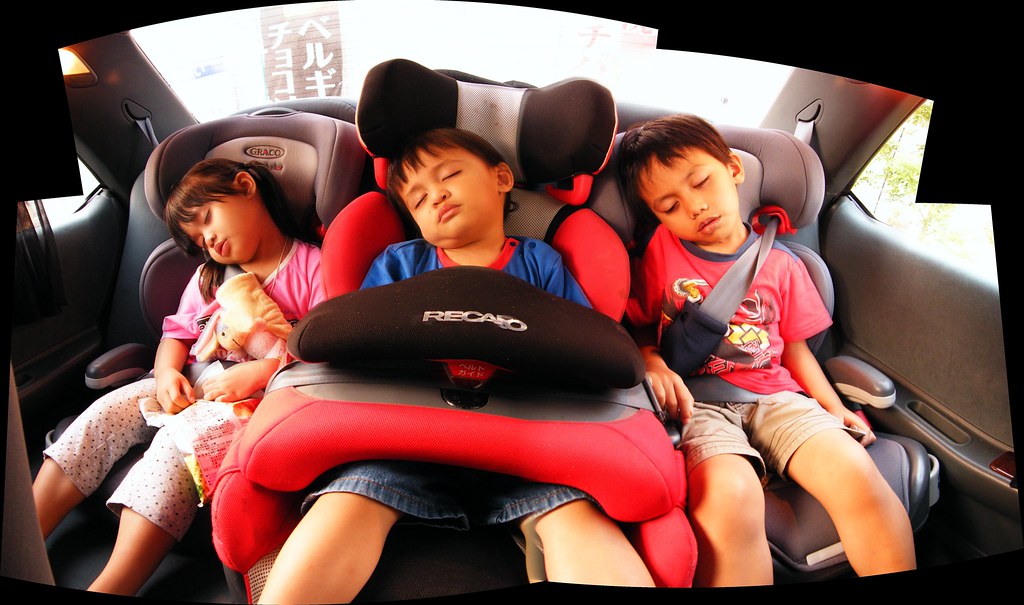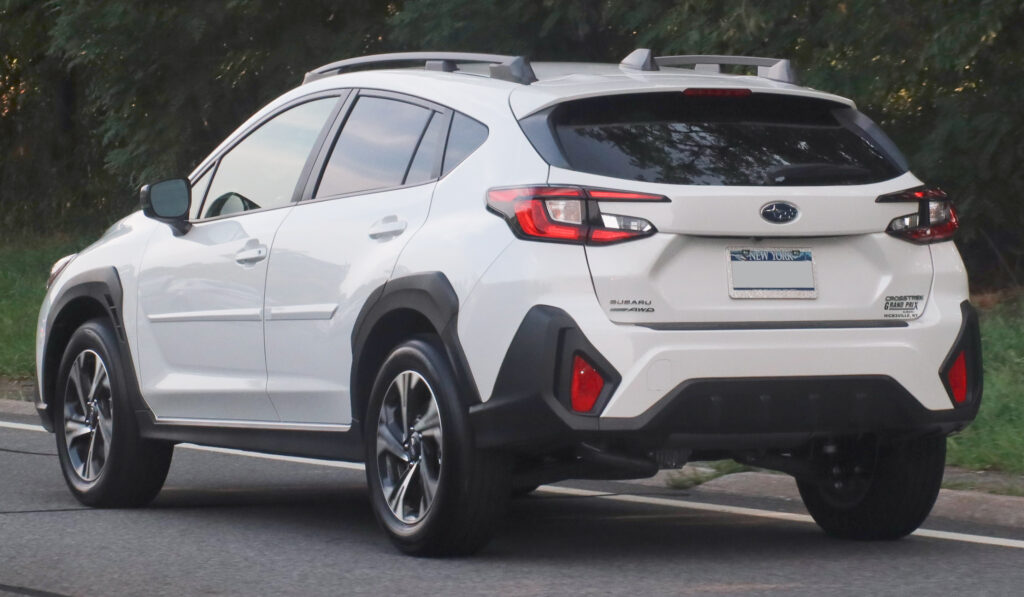
The journey of parenthood is filled with countless decisions, and among the most critical is ensuring your child’s safety, particularly when traveling in a vehicle. A car seat is undoubtedly an essential tool for protecting our children on the road, yet merely owning one is not enough. The true safeguard lies in its correct installation and consistent proper use, a task that can often feel overwhelming for new parents and caregivers.
Alarmingly, statistics from the National Highway Traffic Safety Administration (NHTSA) reveal that a significant 59% of car seats are not installed correctly. This pervasive issue underscores a critical safety gap, highlighting how crucial it is for every caregiver to possess the knowledge and confidence to properly secure their child’s car seat. An improperly installed car seat offers compromised protection, potentially increasing the risk of injury in the event of a collision.
This in-depth guide is meticulously crafted to empower you with practical, actionable knowledge. We will navigate through the complexities of selecting the appropriate car seat for your child’s age, weight, and height, then meticulously detail the steps for proper installation using both seat belt and LATCH systems. By the end, you will be equipped with the understanding and assurance necessary to ensure your child’s utmost safety every single ride.

1. **The Critical Importance of Correct Car Seat Installation**Car seats are engineered with advanced safety features designed to protect children from the forces of a crash, but their life-saving potential is entirely dependent on correct installation. Many parents diligently research the safest car seat models, yet overlook the equally vital step of ensuring it is securely anchored in the vehicle. This oversight can negate the very purpose of having a car seat.
The statistic from the NHTSA—that nearly six out of ten car seats are installed incorrectly—serves as a stark reminder of the widespread challenge. An incorrect installation can mean the difference between minor injuries and severe outcomes during an accident. Common errors, such as a loose seat or improperly routed belts, can allow excessive movement, diminishing the car seat’s ability to absorb and distribute crash forces effectively.
Our primary objective is to demystify the installation process, providing you with clear, step-by-step instructions and practical tips. We aim to transform this potentially daunting task into a confident and repeatable procedure. By understanding each component and step, you will gain the peace of mind that comes from knowing your child is as safe as possible whenever you embark on a journey together.
Read more about: Mechanics Heads Up: 14 Critical Car Repairs You Should Seriously Think Twice About Attempting Yourself
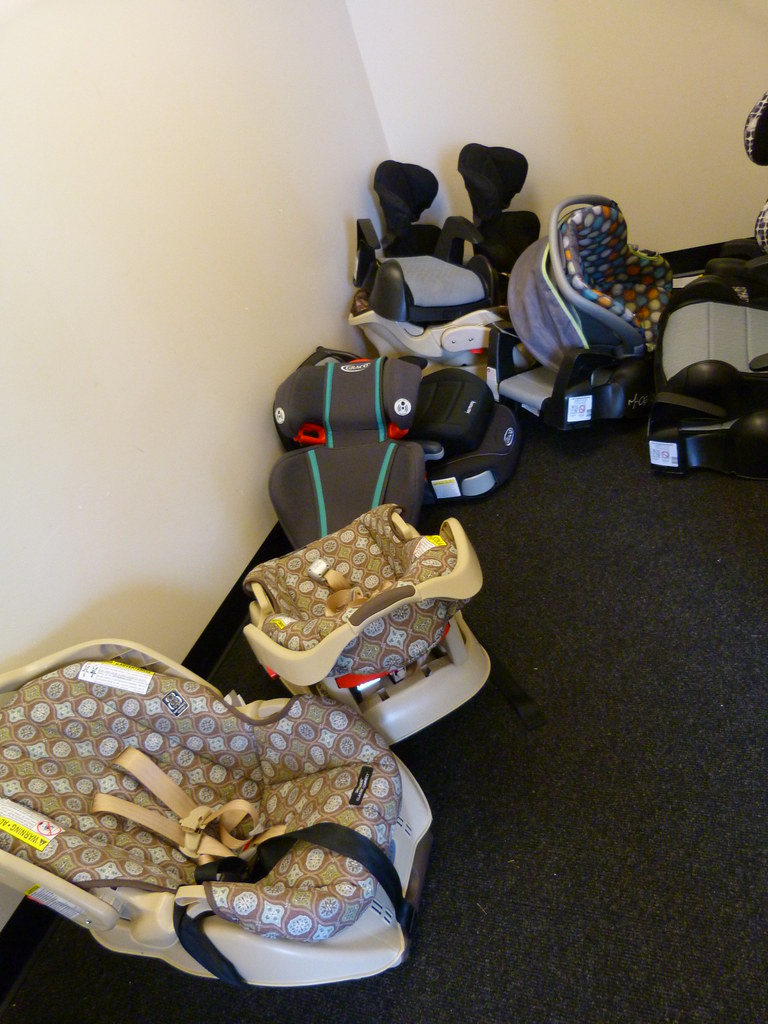
2. **Selecting the Right Car Seat for Your Child’s Stage**The first and most fundamental step in establishing a safe car seat setup is selecting the appropriate type for your child’s current age, weight, and height. Car seats are designed to accommodate children through different developmental stages, each with specific guidelines for use. Always consult the car seat manufacturer’s instructions, whether the paper manual or the version available on their website, before making any choices or transitions.
For newborns and younger babies, **Infant Seats**, often referred to as “bucket seats,” are the initial choice. These seats are exclusively rear-facing and feature a detachable base that remains installed in the car, allowing for convenient click-in and click-out functionality. They are designed for portability with a carrying handle. Most infant seats have weight limits typically ranging from 22 to 35 pounds and height limits around 30 inches, meaning babies usually outgrow them before their first birthday.
Once your child exceeds the height or weight limits of their infant seat—whichever milestone is met first—the transition to a **Rear-Facing Convertible Seat** becomes necessary. These versatile seats begin in a rear-facing orientation and can later be converted to forward-facing, offering a significantly longer lifespan. For optimal safety, it is strongly recommended to keep children rear-facing for as long as possible, up to the maximum height or weight limits specified by the seat’s manufacturer, often around 40 pounds or 40 inches, which can correspond to ages 3 or 4, depending on the specific model.
When a child has definitively outgrown the height or weight limits for rear-facing—for example, if they are over 40 pounds or too tall for their current seat—the next stage is a **Forward-Facing Seat with a 5-Point Harness**. This transition typically occurs for toddlers and preschoolers, generally starting between ages 2 and 4. It is critically important to wait until your child has truly maximized their rear-facing limits before turning them forward. Turning a child around prematurely can be extremely dangerous in a collision, as rear-facing seats distribute crash forces more effectively across a child’s entire back and head.
Finally, after a child has reached the height or weight maximums for their forward-facing harness seat, they are ready for a **Booster Seat**. This usually happens between ages 5 and 7. Booster seats elevate the child so that the vehicle’s lap and shoulder belts fit correctly. The lap belt should sit snugly across the upper thighs, and the shoulder belt should cross the chest, preventing injuries to the neck and abdomen in a crash. A child is typically ready to stop using a booster seat when they are around 4 feet 9 inches tall, which usually occurs between 10 and 12 years of age, though individual vehicle and child unique fit should always be assessed.
Read more about: Protecting Our Little Ones: 14 Essential Steps for Flawless Car Seat Installation

3. **Detailed Guide to Car Seat Installation Using the Vehicle’s Seat Belt**Installing a car seat using the vehicle’s seat belt is a reliable and safe method, often used when the LATCH system has been outgrown by weight or is not available. This method has no upper weight limit for the child and car seat combined, making it a universal solution. Understanding each step precisely is paramount to ensuring your child’s security.
Begin by placing the car seat in the back seat of your vehicle. If your child is still within the rear-facing requirements, the car seat should be positioned in the rear-facing orientation. Ensure the car seat is level and not tilted, as the proper angle is vital for your child’s head and neck support, especially for infants.
The next crucial step involves threading the vehicle’s seat belt through the car seat’s designated belt path. This path is a specific area on the car seat designed for the seat belt, clearly marked in your car seat manual. It is imperative to refer to your car seat manual to ensure you are using the correct belt path, as errors here can severely compromise safety. Once threaded, buckle the seat belt.
After buckling, pull firmly on the seat belt to remove any slack and ensure it is as tight as possible. A properly tightened car seat should not be able to move more than an inch, either side-to-side or front-to-back, when checked at the belt path. This “inch test” is a fundamental check for a secure installation.
Many modern vehicles feature a locking mechanism for the seat belt, which automatically keeps it tight once fully extended and then retracted. If your car does not have this specific feature, or if you are unsure, you can use a locking clip provided by the car seat manufacturer or available separately, to maintain tension. Finally, check the angle indicator on the car seat itself; this visual aid will confirm if the seat is positioned at the correct recline angle for your child’s specific age and weight, as detailed in the manual.
Read more about: 2025 Family Cars: Unpacking the Best Value, Safety, and Reliability for Your Household
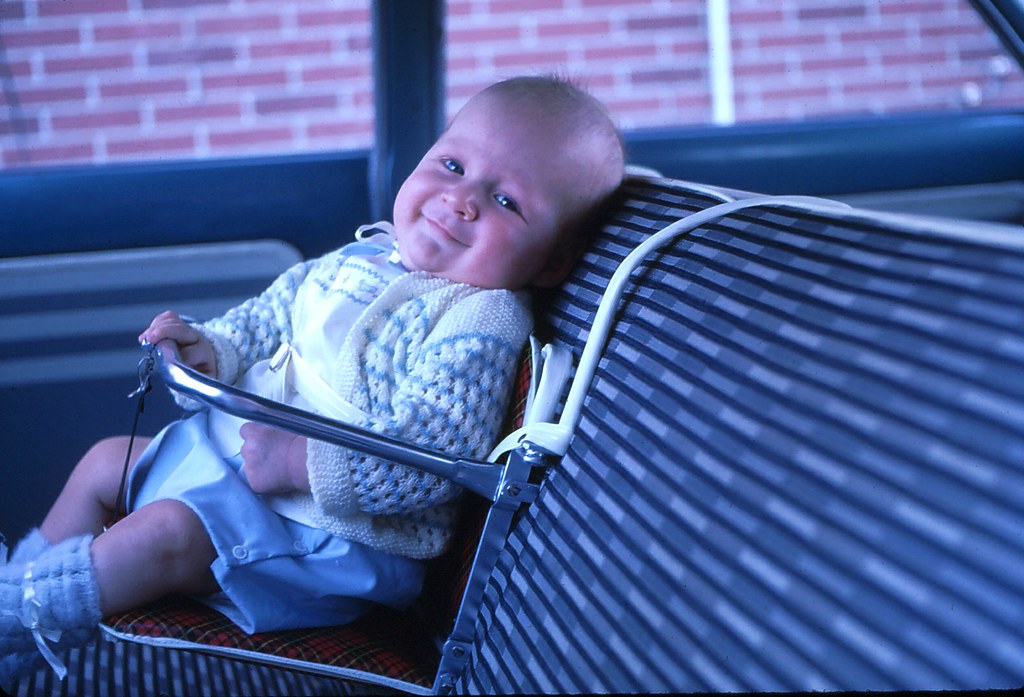
4. **Achieving a Secure Installation: The Inch Test and Angle Indicator**After meticulously following the steps for either seat belt or LATCH installation, the crucial next phase is to verify the security and proper positioning of the car seat. Two primary checks, the “Inch Test” and the “Angle Indicator,” serve as indispensable tools to confirm that your installation is truly safe and ready for your child.
The **Inch Test** is a straightforward yet highly effective method to gauge the tightness of your car seat installation. To perform this test, firmly grasp the car seat at its base, near the belt path where it is anchored to the vehicle. Attempt to move the car seat side-to-side and front-to-back. The fundamental rule is that the car seat should not move more than one inch in either direction. If you detect more than an inch of movement, it indicates that the installation is not sufficiently tight, and you will need to readjust the straps or re-thread the belt until it passes this critical test.
Equally important, especially for rear-facing car seats, is the **Angle Indicator**. This feature, typically found on the side of the car seat, provides a visual confirmation that the seat is reclined at the correct angle. For newborns and infants, maintaining the proper recline angle is vital to prevent their heads from slumping forward, which could compromise their airway. The specific ideal angle will vary based on your child’s age and weight, and these precise requirements are always detailed within your car seat’s instruction manual.
Ensuring the car seat is installed at the correct angle as indicated by this feature is not merely a suggestion; it is a critical safety parameter. An incorrect angle can impact the seat’s protective capabilities during a crash and can also be uncomfortable or unsafe for your child over long periods. Therefore, always consult your car seat manual to understand the specific angle requirements for your child.
Ultimately, the goal is to achieve a rock-solid, snug fit that minimizes any potential movement of the car seat during travel. Passing the Inch Test and verifying the Angle Indicator provides tangible evidence that your diligence in installation has paid off. This meticulous attention to detail ensures that the car seat is positioned optimally to absorb and distribute crash forces, giving you the ultimate peace of mind that your child is protected every time they ride in the car. It is always wise to double-check both your car seat manual and your vehicle owner’s manual for any model-specific guidance on these essential safety checks.
5. **Fine-Tuning for Optimal Safety: Harness Straps and Chest Clip Adjustment**Beyond the initial secure installation of the car seat into the vehicle, the next critical layer of safety involves properly adjusting the harness straps and chest clip to fit your child snugly. This seemingly minor detail is, in fact, paramount, as an improperly adjusted harness can compromise the car seat’s ability to protect your child effectively in a collision. The objective is to ensure that the harness provides a secure restraint, preventing excessive movement and distributing crash forces across the child’s strongest body parts.
To achieve the correct fit, the harness straps should be snug. A simple test is to try and pinch the webbing of the strap vertically at your child’s collarbone. If you can pinch any slack, the straps are too loose and need further tightening. You should be able to fit no more than two fingers flat underneath the harness straps at your child’s chest, ensuring they are snug but not uncomfortably tight, allowing for proper breathing and comfort during travel.
Equally important is the positioning of the chest clip. This small but vital component serves to keep the shoulder straps properly positioned on your child’s shoulders, preventing them from slipping off. The chest clip must always be at armpit level. Placing it too high, near the neck, can cause injury in a crash, while placing it too low, near the abdomen, allows the shoulder straps to spread too far apart, risking ejection or severe injury.
As your child grows, their dimensions will change, necessitating regular adjustments to the harness straps and chest clip. The harness height should be adjusted so that the straps are at or slightly below your child’s shoulders when rear-facing, and at or slightly above their shoulders when forward-facing. Continuous vigilance and adjustments are crucial to maintaining this optimal fit, ensuring the car seat evolves with your child’s needs and provides consistent protection every single ride.
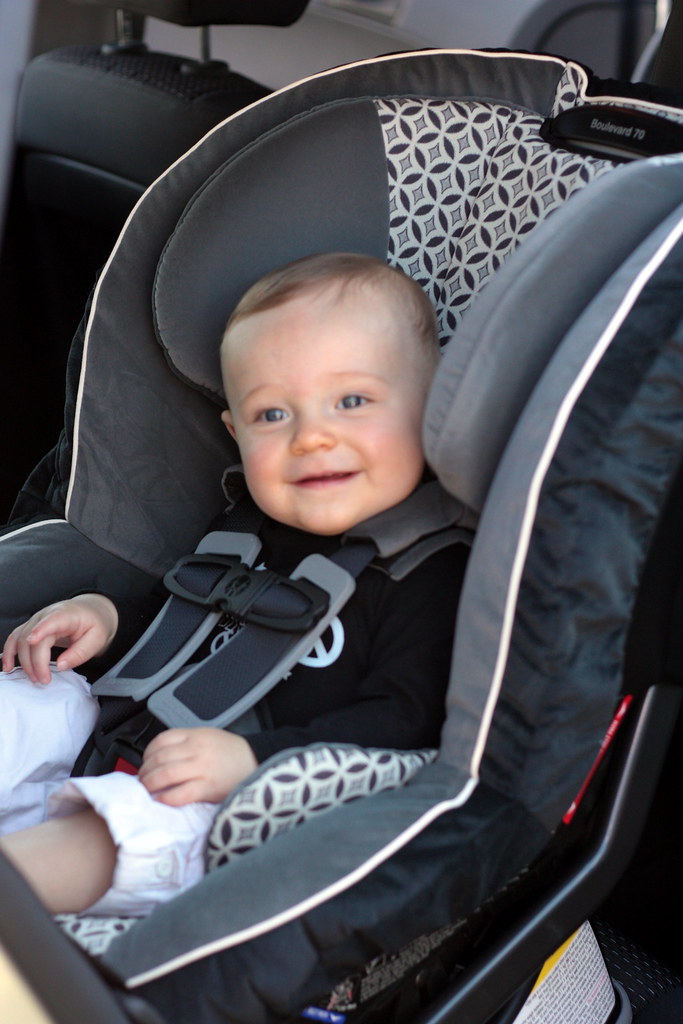
6. **Strategic Car Seat Placement: Maximizing Protection in Your Vehicle**While choosing the right car seat and installing it securely are fundamental, the strategic placement of the car seat within your vehicle is another vital consideration for maximizing your child’s safety. A core principle of child passenger safety is that children should always ride in the second or third row of a vehicle. This positioning keeps them farther away from the primary impact zone in frontal collisions, which are the most frequent type of crash, and critically, away from active airbags. Airbags, designed for adult occupants, can pose a serious hazard to children under the age of 13.
Many parents often wonder about the ideal spot, such as whether the middle seat offers superior safety. Indeed, the middle seat can often be the safest location in a vehicle, primarily because it is the furthest point from any potential side impact. However, this is only true if the car seat can be installed correctly and securely in that position. If achieving a proper installation in the middle seat proves difficult, or if your vehicle’s LATCH anchors are not available or spaced appropriately for a middle installation, then an outboard position (behind the driver or passenger) with a solid, correct installation is always the preferable and safer choice. The true “safest” location is where you can achieve the best possible installation.
For families utilizing three-row SUVs or minivans, the third row presents a viable option for car seat installation, especially for booster seats. However, specific considerations apply. It’s common for many third-row seats to lack lower anchors, which means seat belt installation will be the primary method. It is crucial to buckle booster seats into place when they are not in use, even without a child in them, to prevent them from becoming dangerous projectiles in the event of a crash or sudden stop.
Additionally, third-row seats are often designed with shallower depths, which can limit how securely certain car seats can be installed without experiencing excessive overhang. Overhang refers to the portion of a car seat that extends beyond the edge of the vehicle seat cushion. Most booster seats do not allow any overhang, and harnessed car seats typically have specific, limited allowances. Always consult your car seat’s manual for precise guidelines regarding overhang and installation in different vehicle seating positions to ensure compliance and optimal safety.
As children mature and outgrow their booster seats, typically when they reach approximately 4 feet 9 inches tall and are between 10 and 12 years old, they can transition to using the vehicle’s regular seat belt without a booster. Even at this stage, the safest place for them remains in the back seat until they are at least 13 years old. This continued rear-seat placement provides an extra layer of protection, keeping them away from the dangers posed by front airbags and positioning them in a less vulnerable part of the vehicle during a collision.
Read more about: Remember These Days? 14 Iconic Manual Transmissions That Vanished Or Are Fading From Our Car Options
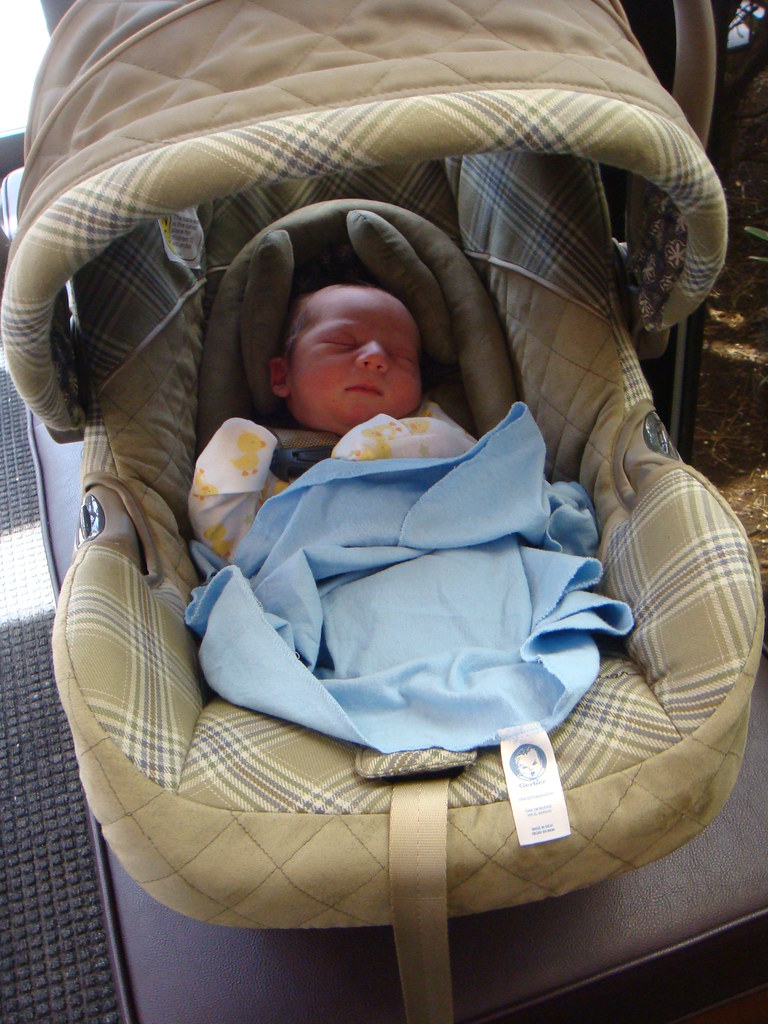
7. **Avoiding Common Pitfalls Beyond Initial Installation**Even after diligently following installation instructions and performing the initial safety checks, some common pitfalls can emerge over time or during ongoing use, potentially compromising your child’s safety. It’s a common misconception that once a car seat is installed correctly, it remains so indefinitely. In reality, factors like temperature changes, everyday jostling, and vehicle movement can cause a car seat to subtly loosen over time. Therefore, failing to regularly re-check the tightness of the installation, using the “inch test” at the belt path, is a significant oversight that can lead to a less secure fit.
Another critical mistake often observed is the improper adjustment of the car seat’s harness system as the child grows. While we covered the initial importance of snug straps and the correct chest clip position, maintaining these adjustments is an ongoing responsibility. Forgetting to raise the harness straps as your child gets taller, or neglecting to readjust the chest clip to armpit level, can render the harness ineffective in a crash. An improperly fitted harness allows too much movement, increasing the risk of injury.
A recurring and particularly dangerous pitfall is the premature transition of a child from one car seat stage to the next. The temptation to “graduate” a child to a forward-facing seat or booster before they have fully maximized the height and weight limits of their current rear-facing or harnessed seat is significant. Every transition typically means a slight reduction in built-in protection, as earlier stages are designed to offer superior safety for smaller, developing bodies. Keeping a child rear-facing for as long as possible, and then in a 5-point harness until they reach those maximum limits, provides the highest level of protection by distributing crash forces more effectively.
Moreover, while the dangers of loose installation and incorrect harness adjustment are often discussed, caregivers sometimes overlook the risks associated with using car seats that are past their expiration date or have been involved in a crash. Car seat materials degrade over time, and even minor collisions can cause structural damage that is not visible to the eye. Ignoring these crucial guidelines and continuing to use a compromised car seat is a serious pitfall that directly jeopardizes a child’s safety, negating the very purpose of having a car seat.
Read more about: 2025 Self-Parking Systems: An In-Depth Consumer Reports Analysis of Real-World Safety and Reliability
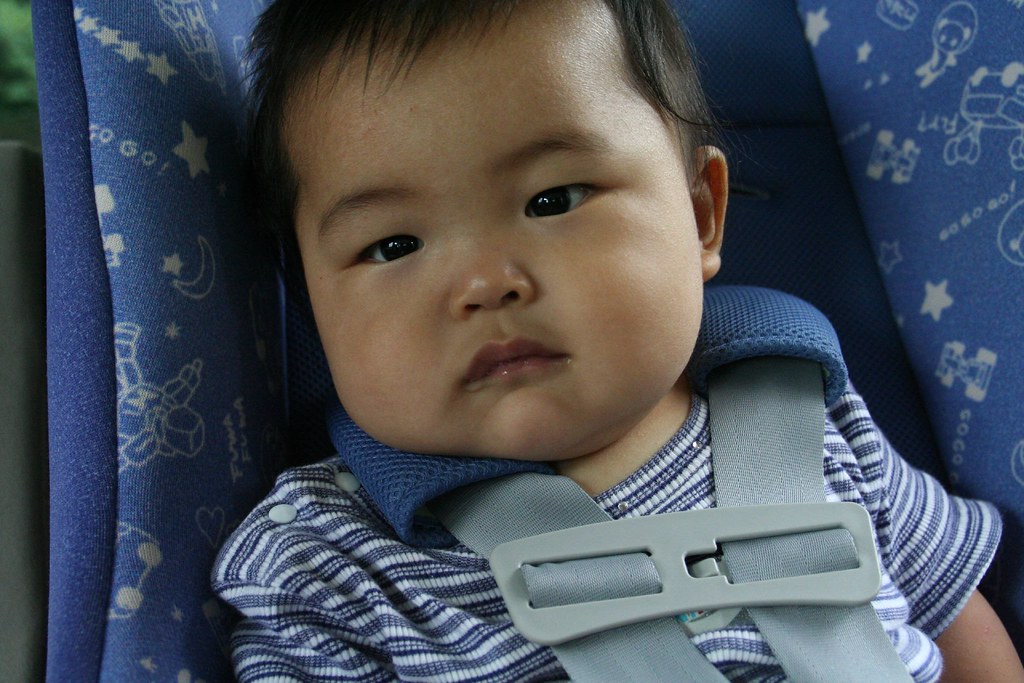
8. **Ongoing Car Seat Maintenance and Longevity**Ensuring your child’s car seat provides continuous, reliable protection extends beyond correct installation and proper usage; it also encompasses diligent maintenance and awareness of its lifespan. Car seats, like any other safety equipment, are subject to wear and tear, and their materials can degrade over time, potentially compromising their integrity and performance in a crash. Therefore, regular inspection for any signs of damage or deterioration is a crucial ongoing responsibility for caregivers.
Carefully examine the car seat’s shell for any cracks, stress marks, or distortions. Check the harness straps for fraying, cuts, or excessive stretching, and ensure all buckles and adjusters are functioning smoothly and locking securely. The car seat’s fabric cover should also be periodically removed and cleaned according to the manufacturer’s instructions, taking care not to use harsh chemicals that could weaken the materials. Any damage discovered during these checks should prompt an immediate consultation with the manufacturer or replacement of the car seat.
A particularly critical aspect of car seat longevity is its expiration date. All car seats have an expiration date, typically found on a label on the seat’s shell, base, or sometimes molded into the plastic itself. This date, usually 6-9 years from the date of manufacture, accounts for material fatigue, environmental factors (like temperature fluctuations), and advances in safety technology. Using a car seat past its expiration date means it may no longer provide the intended level of protection, and it should be replaced without hesitation.
Furthermore, a car seat that has been involved in a moderate to severe crash must always be replaced, even if there is no visible damage. The forces of a collision can cause hairline cracks in the plastic shell, compromise the integrity of the harness system, or weaken internal components that are essential for crash protection. Even in minor crashes, many manufacturers recommend replacement. It is imperative to consult your car seat manual for specific guidance on post-crash replacement, as policies can vary between brands. Prioritizing replacement in such circumstances is not an option, but a non-negotiable step to ensure your child’s enduring safety.
Read more about: Minivans That Ace Safety and Family Life: Your Top Choices and What to Avoid
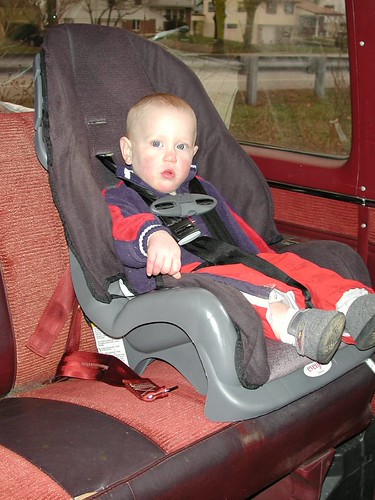
9. **Leveraging Expert Guidance: When and How to Get Help**Even with the most comprehensive guides and diligent efforts, the task of car seat installation and usage can still feel daunting, leaving parents with a nagging sense of uncertainty. This is precisely where leveraging expert guidance becomes invaluable. For ultimate peace of mind and to ensure your child is as safe as possible, consulting a certified Child Passenger Safety Technician (CPST) is highly recommended. These professionals are specifically trained to provide hands-on assistance, verify installations, and answer any specific questions you may have about your car seat and vehicle.
During a typical car seat check with a CPST, you can expect a thorough and educational experience. The technician will begin by reviewing both your car seat manual and your vehicle owner’s manual. This initial step ensures that the installation adheres strictly to the manufacturer’s instructions and allows the CPST to check for any recalls, potential damage, or the car seat’s expiration date. This meticulous review ensures that the foundational elements for safety are sound.
The CPST will also confirm that the car seat itself is appropriate for your child’s current age, weight, and height. This assessment is crucial because, as discussed earlier, using the correct type of car seat for your child’s developmental stage is fundamental to their protection. Rather than simply installing the seat for you, the technician will guide you through the process step-by-step. They will demonstrate how to install the seat using either the seat belt or the LATCH system, teaching you how to properly check for a secure fit yourself. This hands-on learning empowers you to confidently reinstall the seat in the future, fostering independence and long-term safety.
Beyond installation, the CPST will conduct a comprehensive safety check. This involves verifying that the car seat is installed tightly, ensuring it does not move more than an inch at the belt path, and confirming that the harness fits your child snugly and correctly. Finally, they will discuss important next steps, such as anticipating when it might be time to transition your child to a different type of car seat as they grow, and reviewing any relevant state laws or best practices for child passenger safety. This holistic approach ensures you are equipped with both immediate solutions and foresight for future safety needs.
Read more about: The Unseen Blueprint: 14 Powerful Principles for Enduring Success Inspired by Oprah Winfrey’s Daily Approach to Life
In addition to CPSTs, numerous reputable resources are available to provide reliable, authoritative information. Organizations such as the National Highway Traffic Safety Administration (NHTSA) and Safe Kids Worldwide offer extensive online resources, including car seat finders, installation videos, and guidelines. These platforms are invaluable for answering common questions, understanding safety recalls, and staying informed about the latest recommendations for child passenger safety. Proactively seeking out and utilizing these expert resources is a hallmark of responsible caregiving, solidifying your commitment to your child’s well-being on every journey.

